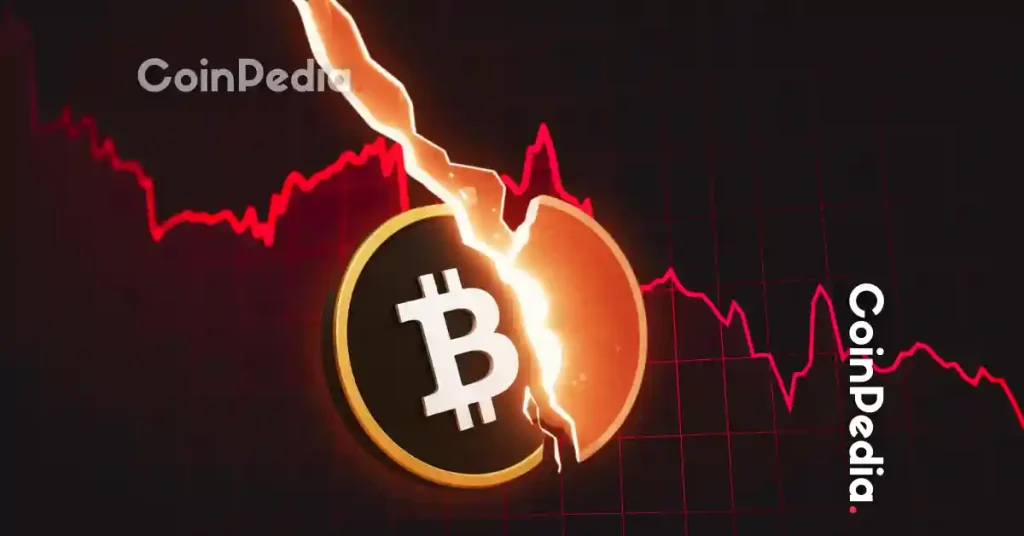
The post Willy Woo Issues Warning To Altcoin And Bitcoin Holders Ahead of Possible 80% Crash appeared first on Coinpedia Fintech News
The crypto market has rallied for most of 2025, but signs of exhaustion are starting to appear. According to on-chain analyst Willy Woo, market conditions now resemble previous late-cycle phases that led to big drawdowns. He says that another 80% correction in Bitcoin’s price remains probable, not because of weak fundamentals, but because of thinning global liquidity.
Each market cycle exposes structural weaknesses. The last downturn from 2022 to 2023 was one of the harshest in the industry’s history. It began with the collapse of Terra’s Luna ecosystem, erasing more than $40 billion in value and triggering a chain of failures that spread through the market.
When the Dominoes Fell
After Luna collapsed, leveraged firms like Celsius and Three Arrows Capital unraveled. Their losses rippled into lenders, market makers, and exchanges. Genesis, Alameda Research, and eventually FTX followed, creating what became a near-systemic failure. Billions of dollars in customer funds vanished, and the industry spent over a year rebuilding from the wreckage.
Today, the system is stronger. Exchange reserves are more transparent, regulators are more active, and spot ETFs have shifted liquidity toward regulated markets. Risky leverage is less common. But a sturdier structure does not make crypto immune. Bitcoin remains tied to global liquidity flows, and when those weaken, even the strongest foundations are tested.
Liquidity Still Rules the Market
Woo’s analysis centers on liquidity as the main force behind every major price cycle. During the Federal Reserve’s tightening phase between 2022 and 2023, global liquidity shrank and Bitcoin lost about 77% of its value. The same relationship, he argues, still holds true today.
Liquidity acts as the oxygen of the market. When it expands, prices rise easily. When it contracts, the entire risk curve deflates. Bitcoin, sitting furthest on that curve, always reacts first and hardest. While traditional markets may fall by a third during recessions, Bitcoin and altcoins often lose 70–80% as speculation unwinds.
Liquidity Models Flash Red
Woo’s macro cycle risk model shows that market prices are again stretching far above their liquidity base. When risk levels rise and real inflows weaken, the market is sustained more by momentum than by capital — a fragile state that has historically preceded sharp reversals.
His liquidity index paints the same picture. The last time it fell below a critical threshold was before the 2017 and 2021 peaks, both followed by drawdowns exceeding 70%. Bitcoin has now slipped below that line once again. At the same time, the Federal Reserve’s liquidity injections are tapering, reducing the cash that once supported the rally. Prices remain elevated, but the capital behind them is weakening.
In conclusion, stronger plumbing can slow the decline, but it cannot defy gravity. The market may survive the next crash more cleanly — yet it will still have to fall before it finds its next base. At the time of writing, Bitcoin is trading above $122,000 and has slipped into the green zone.

 3 hours ago
251
3 hours ago
251















 English (US)
English (US)